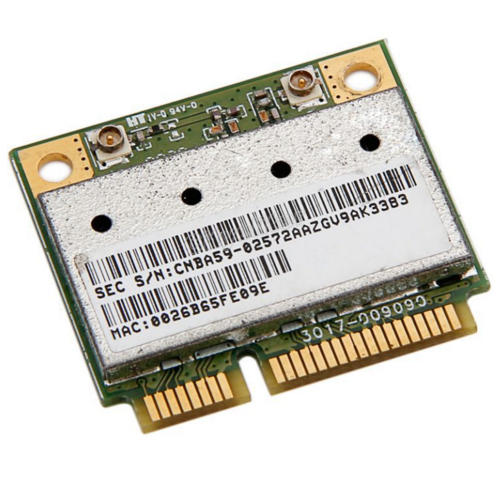However, for Mac users, that means that your computer could be remembering a bunch of different networks that you'll never use again, or could be prioritizing the wrong network. On Windows 10, you can find this information more quickly than you could on previous.
- Explore the world of Mac. Check out MacBook Pro, iMac Pro, MacBook Air, iMac, and more. Visit the Apple site to learn, buy, and get support.
- Check out all the ways to live stream NFL Network and NFL RedZone across mobile, tablet, desktop and connected devices.
I've spent the whole morning trying to get my windows 10 laptop to acknowledge the existence of my Mac while they are on the same network. The mac can see the PC and connect to it, but from the PC side the mac is invisible.
Network Mac To Pc

Network Two Mac Computers
Notes:
- I have a windows 10 laptop connected to the same network as my office Mac.
- I have file sharing enabled on both devices and am able to see & connect to the laptop's shared folders/files from the mac without any trouble.
- I can see the mac and access folders on other macs in the network
- My windows laptop is able to see other devices on the network, but not my mac.
iMac, macOS High Sierra (10.13.2)
Posted on
Related articles:
Network For Mac Computers Best Buy
All recent Macs have an Ethernet port, as do many PCs and many printers and other devices, including the Apple TV. All you need to connect two such computers is an Ethernet cable, which is inexpensive. With two devices connected via an Ethernet cable, you can create a local network that lets you transfer files easily.
Many offices have Ethernet jacks in the walls, allowing you to plug in to the corporate network. Check with your IT staff before you do.
For the most part, Ethernet just works. If you need to configure its settings, follow these steps:
1Select System Preferences from the Apple menu and click the Network icon.
You see this window.
2Select Built-in Ethernet from the sidebar.
The pane you see tells you your Mac’s IP address and the IP address of your router, assuming that it sees it. Write down your router’s IP address; you need it if you want to configure the router.
3Click the Advanced button.
You see a pane with a row of buttons labeled TCP/IP, DNS, WINS, AppleTalk, 802.1X, Proxies, and Ethernet. If you’re not a networking guru, don’t mess with any of them unless someone instructs you to do so.
